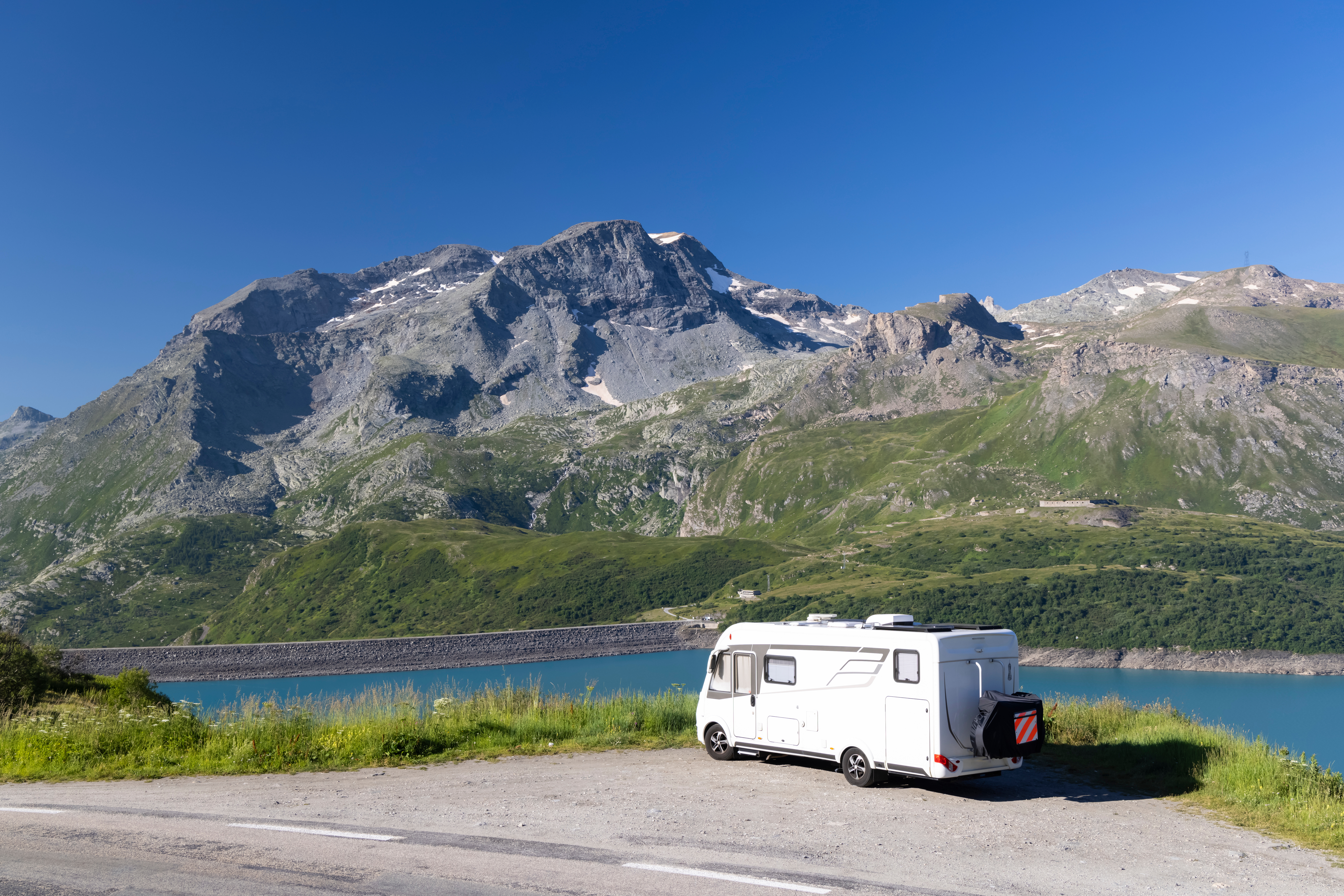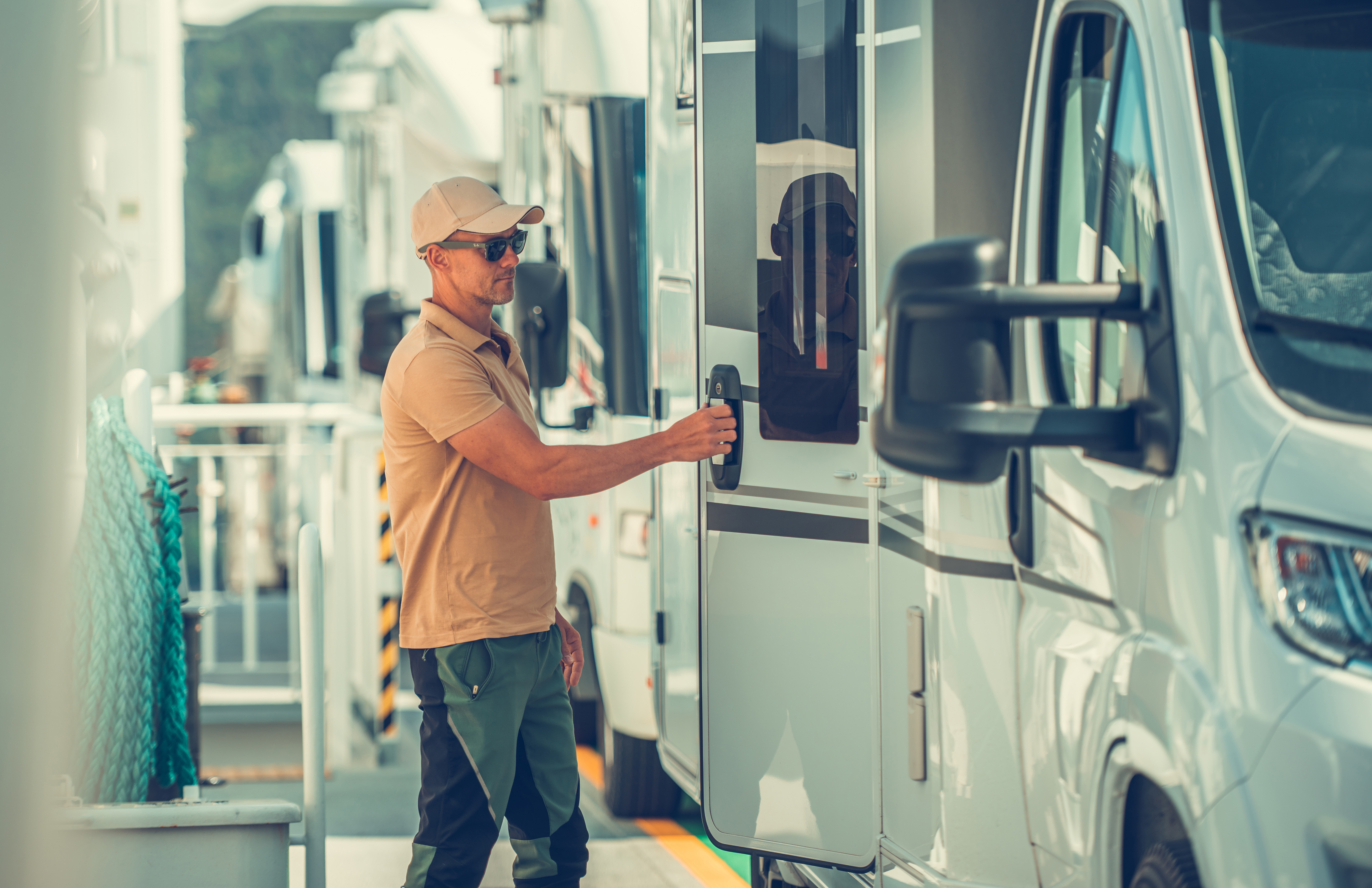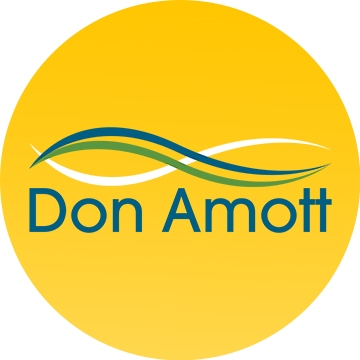Travelling to Europe – Which is Better: Ferry or Eurotunnel?
5 minutes well spent

In this article
There comes a moment in a lot of motorhomer’s lives where the challenge of travelling into Europe arrives. A trip from the UK to the continent in a motorhome (or campervan) is a really exciting adventure, and planning for it is a way to get the excitement building.
One of the early decisions you’ll face is how to get over the water. Crossing the English Channel and heading into France in a motorhome means one of two options – either the classic ferry journey or the Eurotunnel. Both offer unique benefits for travellers, depending on your priorities, so the decision isn’t always straightforward.
In this edition of our blog we’ll compare both methods for motorhome travel into France, looking at their advantages and disadvantages – and, by the end, you’ll have a clearer understanding of which one is best suited to you.

The Eurotunnel
The Eurotunnel (often also referred to as the Channel Tunnel or even the Chunnel) is one of the most impressive feats of construction in human history. It stretches 31.4 miles beneath the English Channel, connecting Folkestone in the UK with Coquelles, near Calais, in France. It was first opened thirty years ago, in 1994, having taken more than 10 years to complete at a (then) cost of £9 billion. The tunnel was funded by private investors and both the French and British governments. For many, the Eurotunnel represents a quick and efficient way to move between two major countries, with the journey taking just 35 minutes one way.
Passengers remain comfortable in their vehicles, driving onto the train and being whisked through this civil engineering marvel in record time. There are a number of advantages to getting into Europe through the Channel Tunnel.
• Direct connection: Unlike ferries, where you have to travel to a port and wait for departure, with the Eurotunnel you to simply drive to the Folkestone terminal and board the train, reducing the overall time spent on travel.
• Comfort: When you go by Chunnel you stay in your own vehicle, so there’s no need to leave your motorhome or campervan during the crossing. This aspect of the route is particularly appealing for people travelling with pets or children, who can stay in the comfort of their vehicle for the duration.
The Eurotunnel is ideal if:
• You are travelling with a motorhome (or campervan) and need a fast, straightforward crossing to France.
• You are travelling during peak periods and want to avoid the possibility of long waits at busy ferry terminals.
• You want to minimise the environmental impact of your journey.
Ferry
Despite the modernity and convenience of the Channel Tunnel, making a ferry crossing between the UK and Europe is a time-honoured route that many travellers still choose. Ferry services between the UK and France have been running for decades, and there are various operators which offer a range of routes and services.
The UK’s southern coastline offers the most convenient ferry options, though there are popular routes departing from several other ports.
• Dover: Services to Calais, Dunkirk, and Boulogne-sur-Mer. The most popular UK-to-France ferry route.
• Portsmouth: Services to Le Havre, Caen, and St. Malo.
• Newhaven: Services to Dieppe.
• Hull: Offering a much longer but scenic journey to Rotterdam and Zeebrugge, from where you can drive to France.
Travelling to France by ferry is typically much slower than going via the Eurotunnel. Depending on the route, crossings can take anywhere from 1-and-a-half to 7 hours. Despite this, a ferry journey offers an experience that is equally as attractive. You can stretch your legs, enjoy a meal and explore onboard facilities while the ferry is sailing. Many ferries offer comfortable lounges, cafes, shops and even dedicated pet areas, so the crossing can be a really pleasant part of the whole holiday experience.
The ferry is the best option if:
• You fancy a slower and more relaxed experience, with the option to leave your vehicle and stretch your legs.
• You’re travelling off-peak and can take advantage of lower ferry prices.
• You prefer the idea of enjoying onboard facilities during the crossing, including food and entertainment.
• Your journey is longer (for example, if you’re heading on from France into other parts of northern Europe) and you don’t mind a leisurely Channel cruise.

Choosing Between Ferry and Tunnel
While the Eurotunnel is fast and therefore highly efficient, there are times and situations where the ferry might be the better choice.
Speed and Convenience
• Eurotunnel: If time is of the essence for you then the Eurotunnel is the obvious choice. The quick journey makes it the fastest way to cross the Channel, and the entire process (from check-in to arrival) is hassle-free. With departures every half hour (or less) you don’t have to wait long to get going.
• Ferry: Ferries are slower, with the shortest crossing taking around an hour and a half. If you’re taking a longer ferry trip (Hull to Rotterdam, say), you might spend seven or eight hours onboard, so it’s much slower option in comparison.
Cost
• Eurotunnel: Generally, the Eurotunnel can be more expensive (particularly in peak season). Prices for travel can fluctuate depending on demand, and it’s probably good to book in advance for the best rates.
• Ferry: There is sometimes more flexibility in pricing, especially for last-minute bookings. However, like the Chunnel, ferry prices can vary depending on the season and the route. Booking in advance usually means better prices.
Experience
• Eurotunnel: The tunnel is all about speed and practicality. Once you’ve checked in and parked, you can sit back and relax. There are fewer amenities than on a ferry, but the speed of the journey makes it much less of a concern.
• Ferry: The more leisurely option. Passengers can get out of their motorhome and enjoy the amenities onboard the ferry, or simply enjoy some sea air up on deck. A comfortable and enjoyable way to cross the Channel, especially if you’re looking to break up a long road trip.
Flexibility
• Eurotunnel: Frequent departures and a relatively quick boarding process make the tunnel a flexible option. However, once you’ve booked a ticket for a specific time, you are generally expected to stick to that slot.
• Ferry: Ferries tend to offer more flexibility in terms of departure times. However, you may still need to wait for the next available ferry if your preferred time is sold out or fully booked.
Environmental impact
• Eurotunnel: The Channel Tunnel runs on electricity, which can be sourced from renewable sources. Additionally, because it’s faster, the Eurotunnel reduces the overall carbon footprint of your journey.
• Ferry: Ferries, by contrast, burn fuel (although some are becoming more eco-friendly with hybrid and electric-power). The carbon emissions from ferry crossings tend to be higher than those from the Eurotunnel.
Ultimately, the choice between ferry and tunnel for your motorhome journey into France depends on what you value most. If time is of the essence, then the Eurotunnel is your best option. If you prefer a more relaxed and scenic journey, then the ferry is an excellent choice. Whether you’re heading to France for a summer road trip or exploring further afield once you’ve got there, it’s relatively easy to find a method of crossing that suits you.
At Don Amott we stock a vast array of motorhomes which could be perfect for your European adventure. We can supply the vehicle, but the good times are all yours to make! Bon voyage!
We’ve got 100s of new and used stock for you to discover

